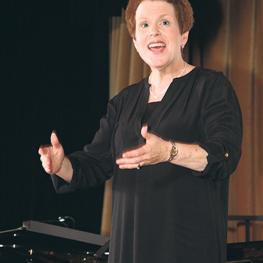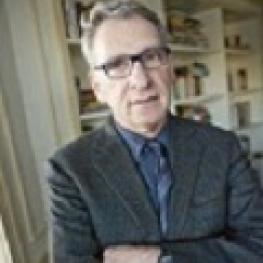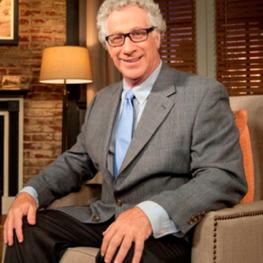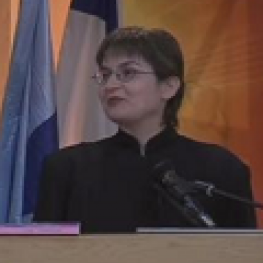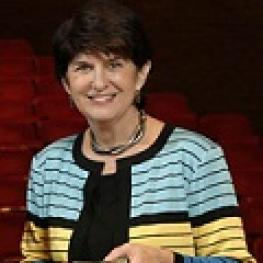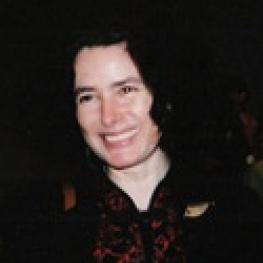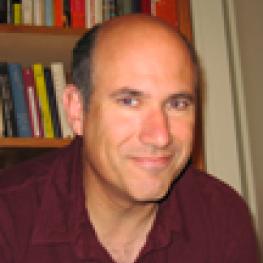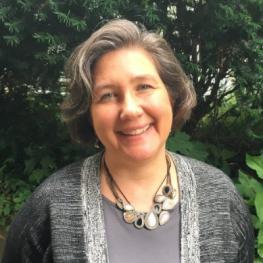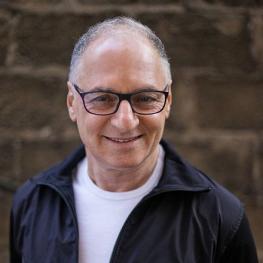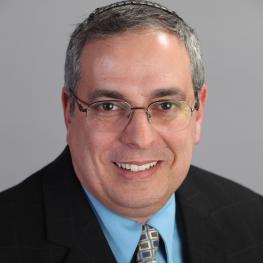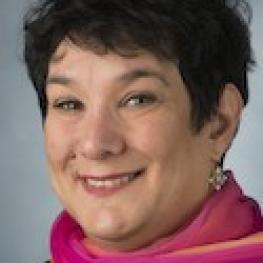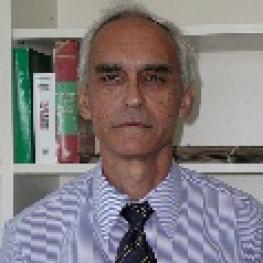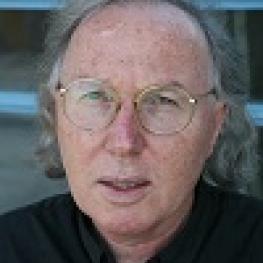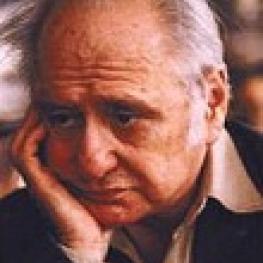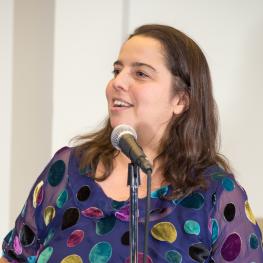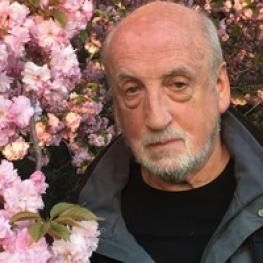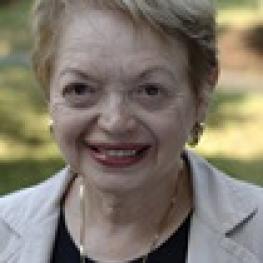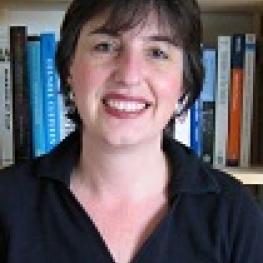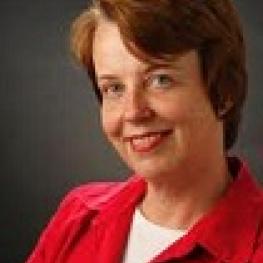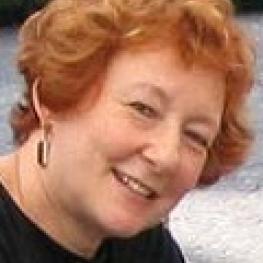Modern Jewry and the Arts
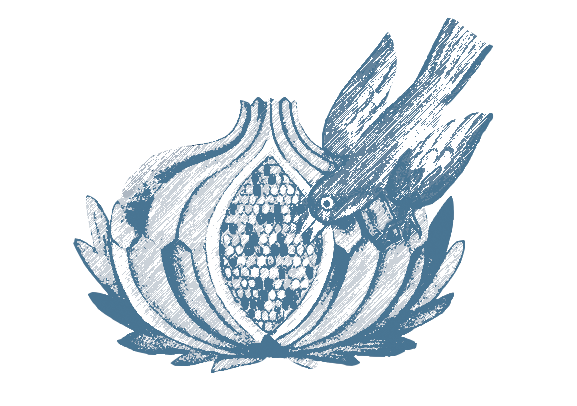
2000–2001
This fellowship year originated as an attempt to address two lacunae in two disparate fields: the lack of attention to the arts and artistic production within Jewish studies, and the lack of interdisciplinary investigation within the study of the arts, a field that is traditionally compartmentalized by medium and genre. Richard I. Cohen and Ezra Mendelsohn, who proposed the theme, hoped to address these gaps by bringing together scholars from a wide range of disciplines to explore the complex relationship between Jews, the arts, and Jewish culture.
There ensued a productive interchange between those in Jewish studies, whose disciplinary emphases are history and textual studies, and those in fields dedicated to the study of the arts, but rarely of Jews. Scholars working on Hebrew and Yiddish theater exchanged ideas with those studying such artists as Mark Antokolski, Maurycy Gottlieb, Max Liebermann, Ben Shahn, and R. B. Kitaj. An analysis of the Jewish Palestine Pavilion at the New York World’s Fair, 1939/1940, was enriched by work on the emergence of Tel Aviv as the first “Hebrew” city. Research on music ranged from the emergence of Mediterranean Israeli music and new popular music in American Orthodox circles to Yiddish children’s songs in the Soviet Union and Paul Robeson‘s renditions of Hasidic songs. Fellows were exposed to differences in methodology as a literary scholar analyzed Hôtel Terminus, a film by Marcel Ophüls, and a theater historian demonstrated how to research the emergence of Yiddish film on the Lower East Side during the first years of the twentieth century. The group discussed topics rarely considered in Jewish studies, such as dance, as well as more established subjects, such as the aesthetic theory of Franz Rosenzweig or the fate of Nazi stolen art. The year-long conversation between Jewish studies scholars and scholars of the arts did much to enrich the fields and perspectives of both. Some of the research accomplished during the fellowship is collected in the volume The Art of Being Jewish in Modern Times (2007), edited by Barbara Kirshenblatt-Gimblett and Jonathan Karp.

